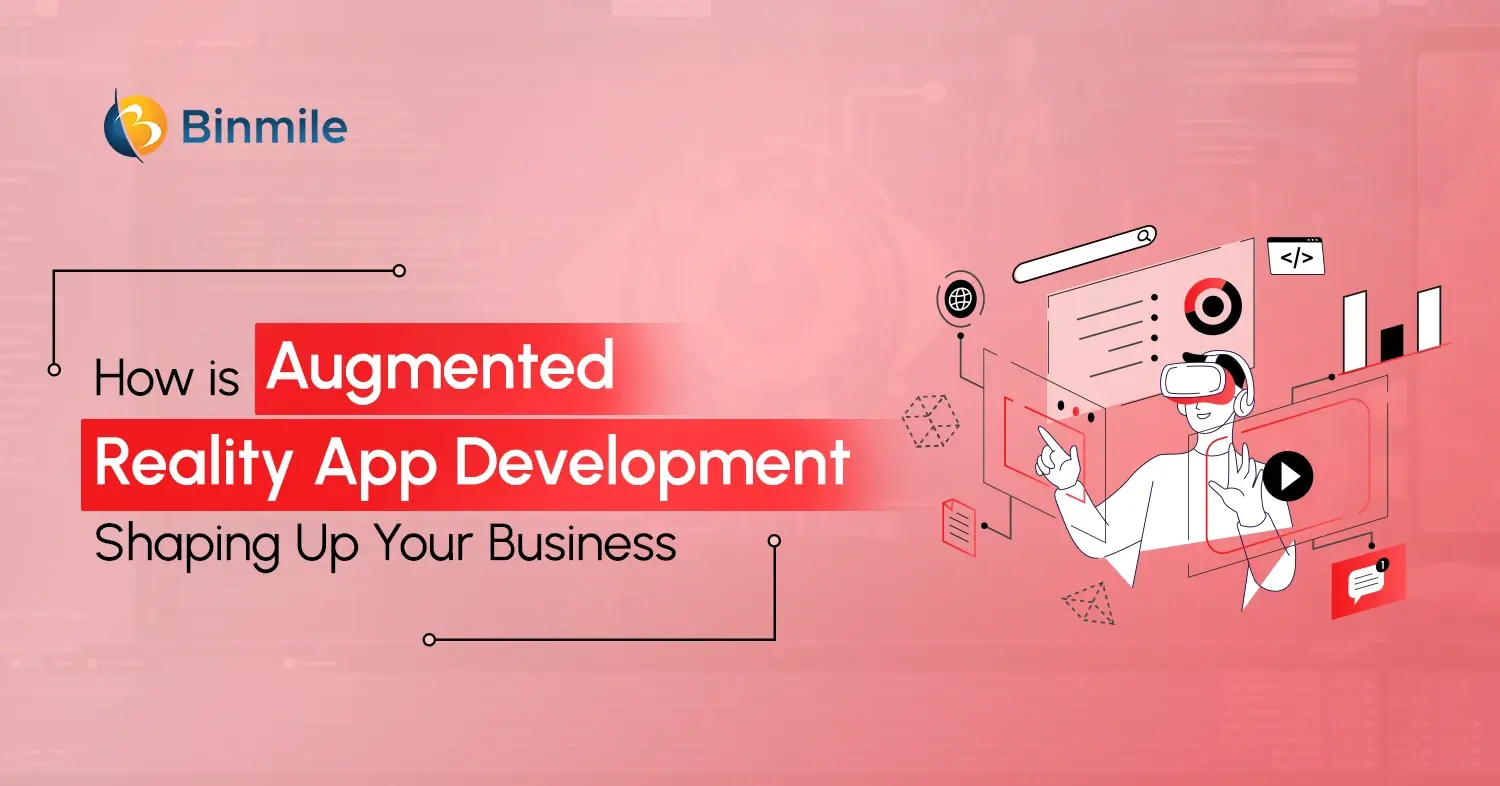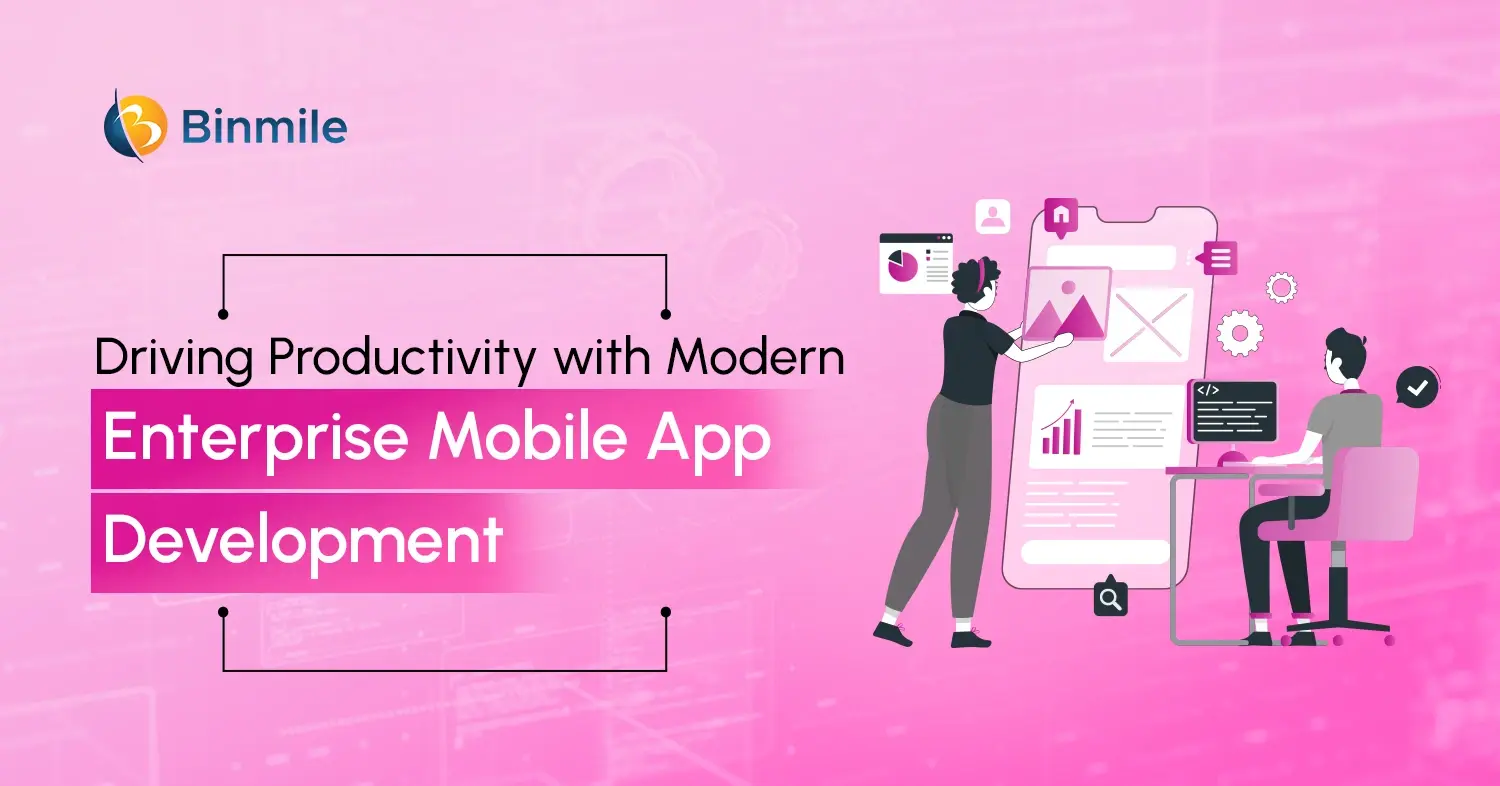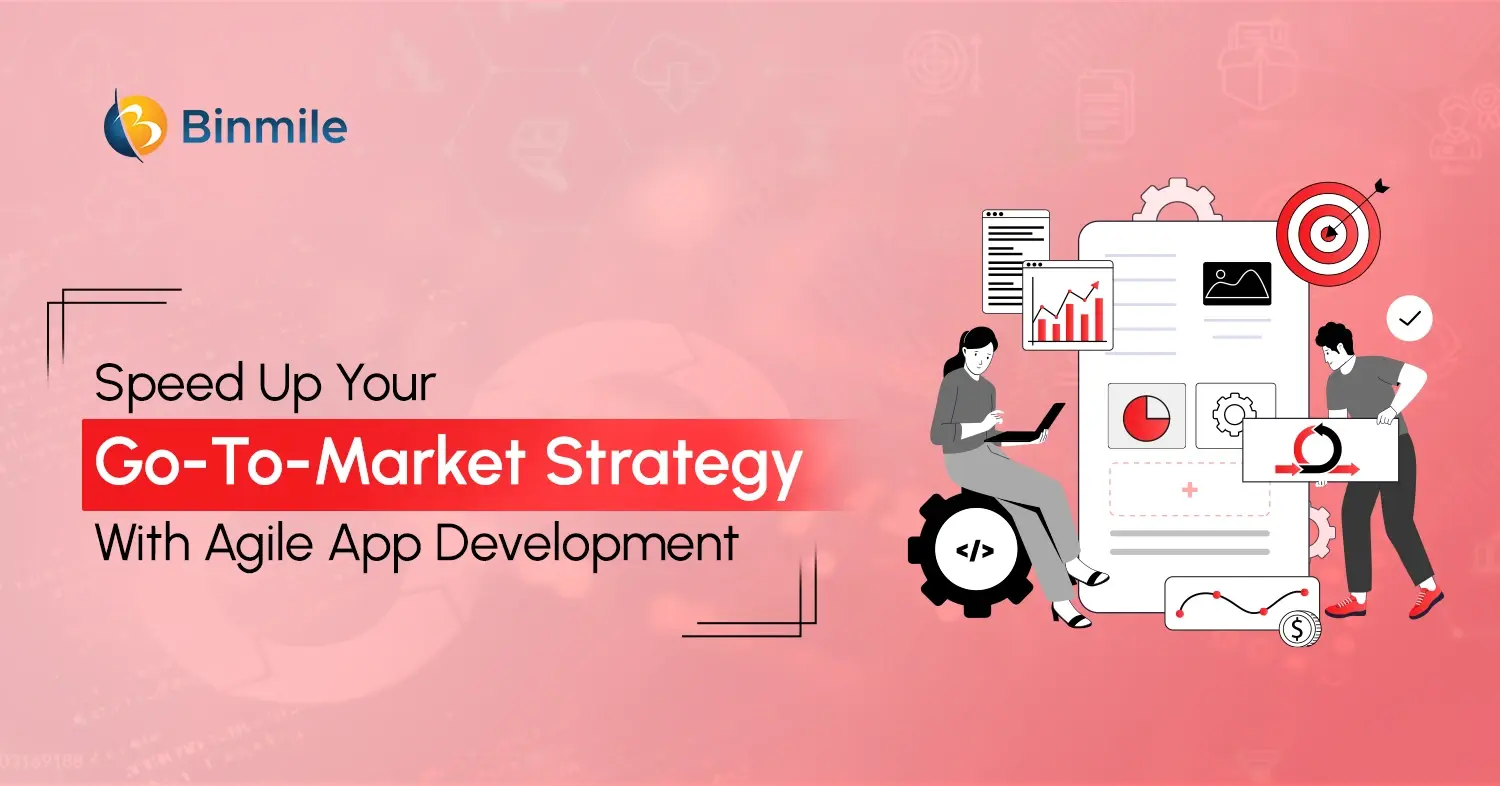Fast internet and mobile devices have transformed the way we consume and interact with music. Music lovers prefer to use streaming apps like Spotify, Amazon, Apple Music, and more. Among them, one streaming platform that has outshined its competitors is Spotify. The music platform has a 31.7% share of the music streaming market; its closest competitor, Apple Music, has a 13.7% share. This speaks volumes about how Spotify is the leader in the industry, and the reason is its vast library, personalized recommendations, and seamless user experience. It seems quite a promising venture to create an app like Spotify. However, only stats can’t be a good enough reason to go for custom mobile app development services.
89% of the total revenue in the music industry is now generated through music streaming platforms such as Spotify, and Apple Music, among others. Having built a music streaming app is taking over all sides of the multimedia industry, from movies and TV shows to music. If you’re thinking about how to build a music streaming app, then this app development services guide will help you to build a successful music streaming platform and also discuss features of music streaming apps.
Step-by-Step Development Guide: Tips to Create An App Like Spotify
To create an app like Spotify, the first thing you need to do is conduct extensive market research and create a business model based on market demand. While Spotify has set the standard for music streaming platforms, there’s ample room for innovation and differentiation. So, next you need to follow a few more essential steps; thus, look at the mobile app development services process:

1. Choose the Right Technology Stack
Conduct a thorough discussion with your development team and choose a music app technology stack that will be suitable for the chosen features of music streaming apps. You can go with cloud-based servers using providers like AWS or Google Cloud. Implement RESTful APIs for core functionalities such as user authentication, content retrieval, and playlist management. Remember to develop a robust user management system with secure authentication and a robust recommendation engine using collaborative filtering techniques to analyze user behavior and suggest new content.
2. Create the Intuitive UI/UX Design
Indeed, listeners rarely look at their devices while listening to music, but still, your design doesn’t need to be cluttered with elements and buttons. A good app UI/UX design principles will help users navigate through the app with ease and offer them an engaging experience. So, think of designing a minimalist UI similar to Spotify’s aesthetic and responsive layouts for various devices and screen sizes. Create an intuitive navigation system with a sidebar for main sections and a persistent bottom player.
3. Implement Core Features
Spotify is a crowd favorite for the kind of features of music streaming apps it’s offered over the years to its listeners. No need to copy everything, but your SDLC team must be aware of key essential features. Therefore, develop powerful search functionality with autocomplete and fuzzy matching. Create comprehensive playlist management features, including collaborative playlists. Implement social features like following artists and sharing music. Your primary focus should be on offering listeners a stream of features that make their listening experience more personalized and unique using machine learning algorithms.
4. Acquire Music Licensing and Royalty Systems
Negotiate licensing agreements with record labels and music publishers and implement a system to accurately track plays and calculate royalties based on complex agreements. You need to develop a content ingestion system to process and store new music releases efficiently. In addition, to create an artist portal for content management and analytics, thus ensuring proper verification processes for artist accounts.
5. Develop High-Quality Music App
There are two ways to go about your music app development: frontend and backend. Frontend development involves writing code for the application interface that the client interacts with—the work of the media player, playlists, music search, and so on. In backend development —for the backend. It’s responsible for storing terabytes of music data, streaming directly, user authorization, and how they will connect with both iOS and Android. Deploy the app to relevant platforms (iOS, Android, web) and set up CI/CD pipelines for automated building and deployment.
6. Testing, Tuning, and Maintain
This is another crucial step to ensure not only you create an app like Spotify but also perform and enhance your users’ listening experience, like the music streaming platform. Therefore, conduct thorough testing at the unit, integration, and end-to-end levels. Implement analytics to monitor app performance and user behavior and update the app with new features and bug fixes based on user feedback and business goals. All these steps allow you to detect and correct possible bugs or performance issues before the release so that your listeners enjoy a smooth user experience.
Launch Your Dream Music App: Connect with Our Team to Create a Streaming Platform That Resonates with Users!

How Much Does It Cost to Build a Music Streaming App?
There’s no exact figure for custom mobile app development cost, as the cost of creating an app like Spotify depends on the app features you want, its UI/UX design, or even the platforms for which it is being developed. However, on average, the music app development cost can range from $50,000 to over $250,000, depending on the features and other factors.
How Does Spotify Make Money?
The biggest share of the company’s revenues comes from its Premium Service. Spotify generates revenue through user retention, new customers, and conversion of users of the Ad-Supported Services to Premium Services. Following is its monetization framework:
- Freemium Model: Offer a basic tier with ads and limited features and a premium tier with ad-free listening and additional benefits.
- Subscription Bundles: Partner with other services (e.g., video streaming, gaming) to offer bundled subscriptions at a discounted rate.
- Merchandise and Licensing: Explore opportunities to sell merchandise or license your platform for use in other products.
Check Out Case Study : How Binmile Helped Spotify
Must-Have Features for Creating a Successful App Like Spotify
To create an app like Spotify, you’ll need to focus on key features that go beyond standard functions, such as a custom user profile, integration with social networks, or push notifications. To make your streaming music app stand out, you need to focus on essential features before you build a music streaming app:

- Quick ability to audio stream audio or video via an Internet connection.
- Helps users to find any song or podcast through the name of the artist, song lyrics, label, or genre.
- Music player that shows which song is being played, volume control, switching from one song to another, or option to select the device of your choice.
- Playlists should let users save their songs and create a dedicated playlist.
- It creates dedicated playlists based on the mood and feelings of the user and allows them to download their favorite tracks and listen to them whenever they want.
- Cross-platform syncing to ensure that users’ music can be synced on all devices, including their computers, phones, and smart speakers.
- AI recommendations let the users discover songs that they have heard and offer personalized track recommendations based on their listening history.
- Spotify is popular for its “Podcasts” feature, so offers users the option to include their radio and collection of podcasts or even audiobooks.
- Musical social networks allow customers to connect with friends, follow their favorite artists, and share the music they love. It’s like having a music community right inside your streaming service.
- Cross-platform syncing to ensure users’ music and playlists are the same on all devices and can switch between the app and music streaming website easily.
Experience Excellence With Our Custom Solutions: Let's Design Software That Brings Value to Your Business & Users!

Wrapping It Up
The future of music-streaming apps is full of potential, even though a major share is occupied by Spotify and the rest by Apple Music or Prime Music. There’s still plenty of room for new players to innovate, thanks to users who want to access vast libraries of music without actually purchasing the albums. So, all you need to do is focus on creating an app like Spotify that offers personalized experience, convenience, and accessibility to its listeners. So, if you’re also looking forward to creating an app like Spotify, you need to have a plan of action ready. Hopefully, this blog has given you an in-depth insight into the key elements needed to create a competitive music streaming app or platform.
As a leading mobile application development company, we’ve ample experience in implementing streaming technology in all kinds of apps and in creating music streaming platforms in particular. From ideation to launch and beyond, we’ve got you covered as we ensure that your app is scalable, secure, and optimized for user engagement and monetization. Our experts leverage high-end frameworks and libraries to build robust, feature-rich, and scalable music streaming apps that cater to your business needs.
Frequently Asked Questions
Music streaming in real time relies on adaptive bitrate streaming protocols like HLS (HTTP Live Streaming) or MPEG-DASH. Audio files are broken into small chunks and sent over a CDN (Content Delivery Network) to reduce latency. A client-side media player buffers and plays these chunks as they’re received. Streaming servers use load balancers and cache layers to manage concurrent requests. Seamless playback depends on audio compression (e.g., AAC, Ogg Vorbis), fast I/O throughput, and low-latency APIs to handle user interactions without delay.
Yes, you absolutely need licenses to legally stream music. There are two primary types:
- Public Performance Licenses (from PROs like ASCAP, BMI, SESAC in the U.S.)
- Mechanical Licenses (for song reproduction—handled by agencies like The MLC or Harry Fox)
If you allow users to download or save songs, you may also need synchronization and master use licenses. Skipping this step could result in legal takedowns, fines, or app store removals. Always consult a music licensing expert or legal counsel before launching.
Spotify’s UX is driven by minimalism, personalization, and fluid microinteractions. Key design elements include:
- Smart onboarding flows to capture preferences early
- AI-powered personalized playlists (e.g., Discover Weekly)
- Seamless navigation with intuitive gesture controls
- A clean, dark-themed interface that reduces cognitive load
- Instant playback with visual feedback using motion design and feedback cues
It’s designed to minimize friction and maximize time spent in-app, leveraging behavioral UX principles and real-time feedback loops.
Spotify uses a hybrid AI/ML-driven recommendation engine, combining:
- Collaborative filtering (analyzing users with similar behavior)
- Content-based filtering (analyzing track features like tempo, mood, genre using Spotify’s acquisition, Echo Nest)
- Natural Language Processing (NLP) to parse music-related text data (blogs, reviews, social chatter)
- Deep learning models to suggest new artists or lesser-known tracks
These are constantly refined based on user engagement signals (likes, skips, shares), giving users a hyper-personalized experience.
Scalability involves cloud-native architecture with:
- Microservices: Breaking the app into loosely coupled services (e.g., auth, streaming, payments)
- Containerization: Using Docker and orchestration tools like Kubernetes for horizontal scaling
- CDNs & Edge Caching: Reduce latency by caching assets closer to users globally
- Database Sharding & Caching Layers (Redis, Memcached) to speed up read/write ops
- Autoscaling and load balancing (via AWS, GCP, Azure) to manage traffic spikes
- Use of event-driven architecture (Kafka, RabbitMQ) to process real-time user actions at scale
Monitoring tools like Prometheus + Grafana ensure performance under load and help detect failures early.









